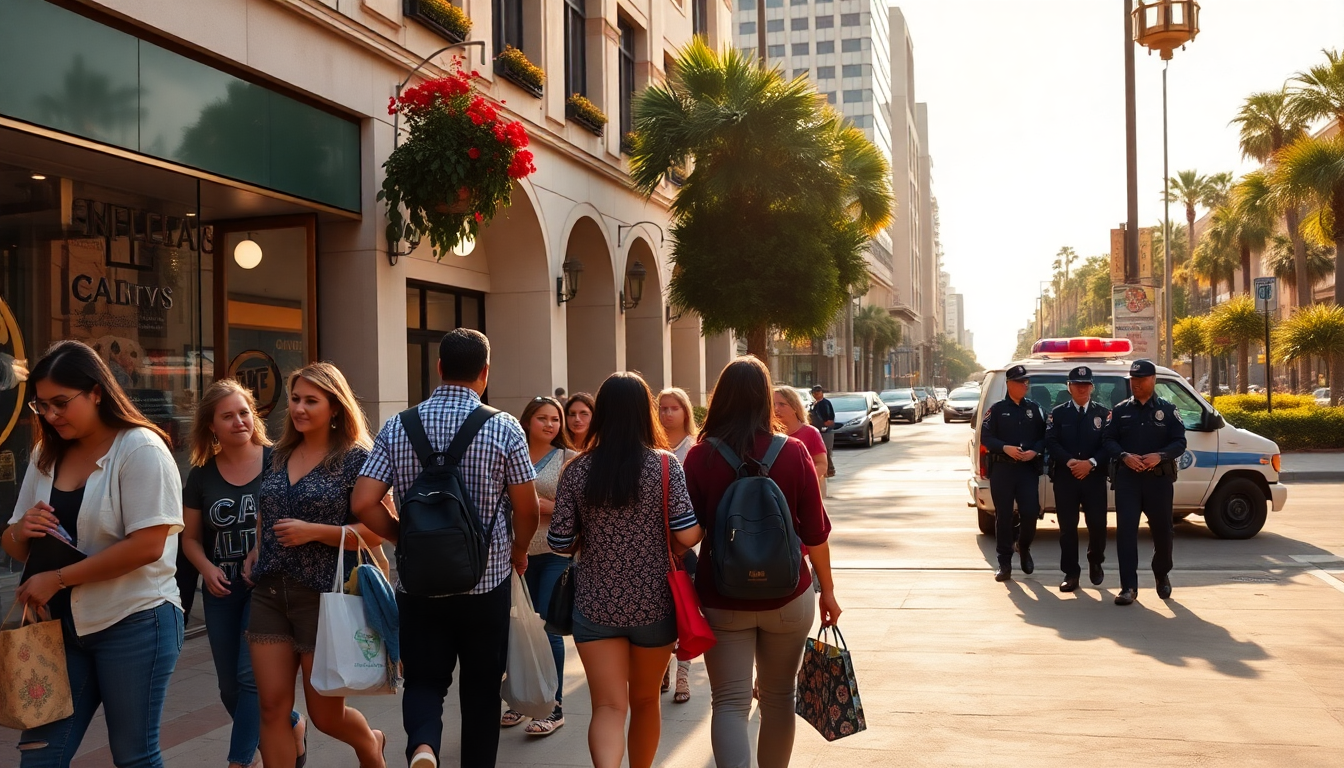Table of Contents
In a groundbreaking decision, a federal judge has stepped in to halt the Trump administration’s controversial immigration enforcement actions in Los Angeles, specifically those targeting individuals based solely on race, ethnicity, language, or their job types. This ruling comes on the heels of rising public concern about aggressive federal law enforcement activities in Southern California, which have not only captured media attention but have also sparked fear within local communities. How are these actions affecting people’s daily lives?
Understanding the Legal Landscape
U.S. District Judge Maame Ewusi-Mensah Frimpong issued a temporary restraining order after a coalition of detainees and immigrant rights organizations raised their voices against these practices. The ruling shines a spotlight on the serious legal ramifications of immigration enforcement that relies on racial profiling. This case involves major federal players, including the Department of Homeland Security (DHS) and Immigration and Customs Enforcement (ICE), with a hearing set for July 16 to discuss the matter further.
In her detailed 52-page ruling, Judge Frimpong lays out the key legal principles at stake. She firmly states that using roving patrols to identify individuals based solely on race, and subsequently detaining them without a warrant or reasonable suspicion, violates the Fourth Amendment. Moreover, she argues that denying detainees access to legal representation infringes upon their Fifth Amendment rights. Isn’t it crucial to uphold the law for everyone, regardless of their background?
This ruling also raises alarms about the aggressive immigration enforcement strategies that many see as militaristic and discriminatory. It serves as a crucial reminder of the importance of preserving civil liberties and the rule of law, even amid stringent immigration policies. How can we ensure that our legal system protects everyone’s rights?
Effects on Communities and Detainees
The implications of this ruling ripple far beyond the courtroom. Since the federal enforcement blitz began on June 6, communities in Los Angeles have been rocked by reports of missing individuals, many of whom disappeared during raids at workplaces and public spaces like bus stops. Local media have chronicled the distressing experiences of friends, family members, and neighbors whose lives have been turned upside down by these enforcement actions. What must it feel like for families to face such uncertainty?
Judge Frimpong’s ruling also sheds light on the inhumane conditions detainees face in federal facilities. Reports of overcrowded, unsanitary environments, along with a lack of basic necessities like food and water, raise serious ethical questions. As of June 20, over 300 individuals were reported to be enduring such conditions, prompting calls for better treatment of those in federal custody. Isn’t it time to reevaluate how we treat those who find themselves caught in our immigration system?
Los Angeles Mayor Karen Bass has not remained silent; she publicly condemned the federal raids, highlighting the distressing scenes of federal agents conducting large-scale operations in residential neighborhoods. Her actions reflect a growing resistance among local leaders to federal immigration policies that many perceive as harmful and unjust. What role should local leaders play in matters of immigration enforcement?
Looking Ahead: Challenges and Hope
Judge Frimpong’s ruling may set a significant precedent in the ongoing fight against racial profiling and unconstitutional immigration enforcement practices. As the case continues to unfold, it is expected to attract significant attention from legal experts and community advocates alike, all of whom are acutely aware of the broader implications for immigrant rights across the nation.
With the upcoming hearing, stakeholders from various sectors—including legal advocacy groups and local government officials—are preparing to engage in meaningful conversations about the future of immigration enforcement in Los Angeles. This situation underscores the need to strike a balance between law enforcement objectives and the respect for individual rights and community safety. How can we create a system that protects everyone while ensuring public safety?
As the legal landscape shifts, it’s vital to keep an eye on how federal policies adapt in response to judicial rulings and public sentiment. The outcome of this case could have far-reaching effects on immigration enforcement strategies nationwide, shaping the conversation around civil rights and immigration policy for years to come. Are we ready to rethink our approach to immigration enforcement?


